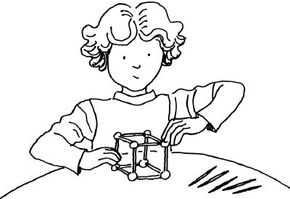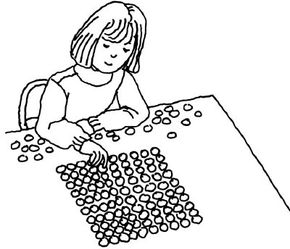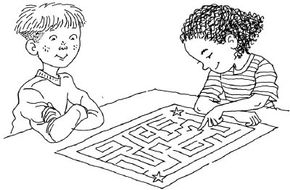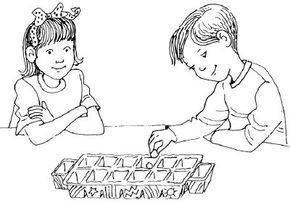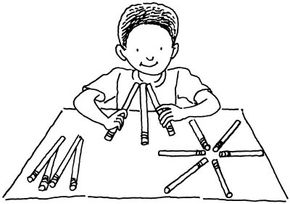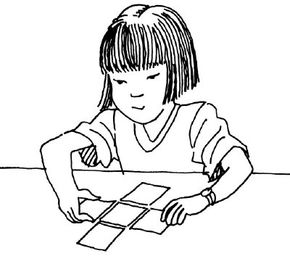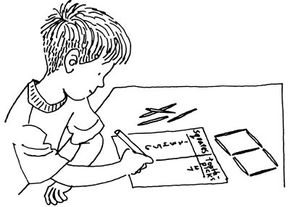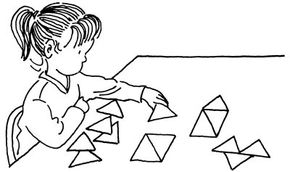Math games for kids don't have to be daunting -- in fact, these are fun and challenging. There are plenty of games from brain-teasers, simple addition, sorting shapes, to a game to play along with while watching television.
The best part is that your kids can play some of these math games either alone or with friends. Many of the games have variations, so if they complete one part of the game, there are bound to be other options.
Advertisement
Follow the links below to learn how to play math games for kids:
Try to find pairs of items found naturally in nature.
Create a three-dimensional pyramid composed entirely of hundreds of pennies.
Find out if different denominations of a dollar weigh different amounts.
See if your children can figure out exactly how many squares are found on a simple checkerboard.
Your children can compete against their friends to see who can draw triangles the fastest.
Find numbers zero through ten in numerical order by surfing the television.
Your kids can design a large maze for their friends to complete.
Use a cardboard egg carton for your kids to play this counting game that originated in Africa.
By using unsharpened pencils, your children will be amazed at all the shapes and designs they can create.
Try to find the 12 shapes your children can make with using five squares cut out of construction paper.
Figure out how many toothpicks it takes to make one, two, or even three squares.
Build three-dimensional geometric shapes with just modeling clay and toothpicks.
With a piece of wood, nails, and rubber bands, your children can create shapes over and over again.
Colorful card stock cut into triangles will allow your kids to create numerous shapes and designs.
Keep reading for your kids to learn how to find pairs of items right in your own backyard.
For more great math exercises and math instruction, check out:
- Articles on Learning Addition
- Articles on Learning Subtraction
- Addition Problem Solving
- Subtraction Problem Solving
- Number Activities for Kids
Advertisement
